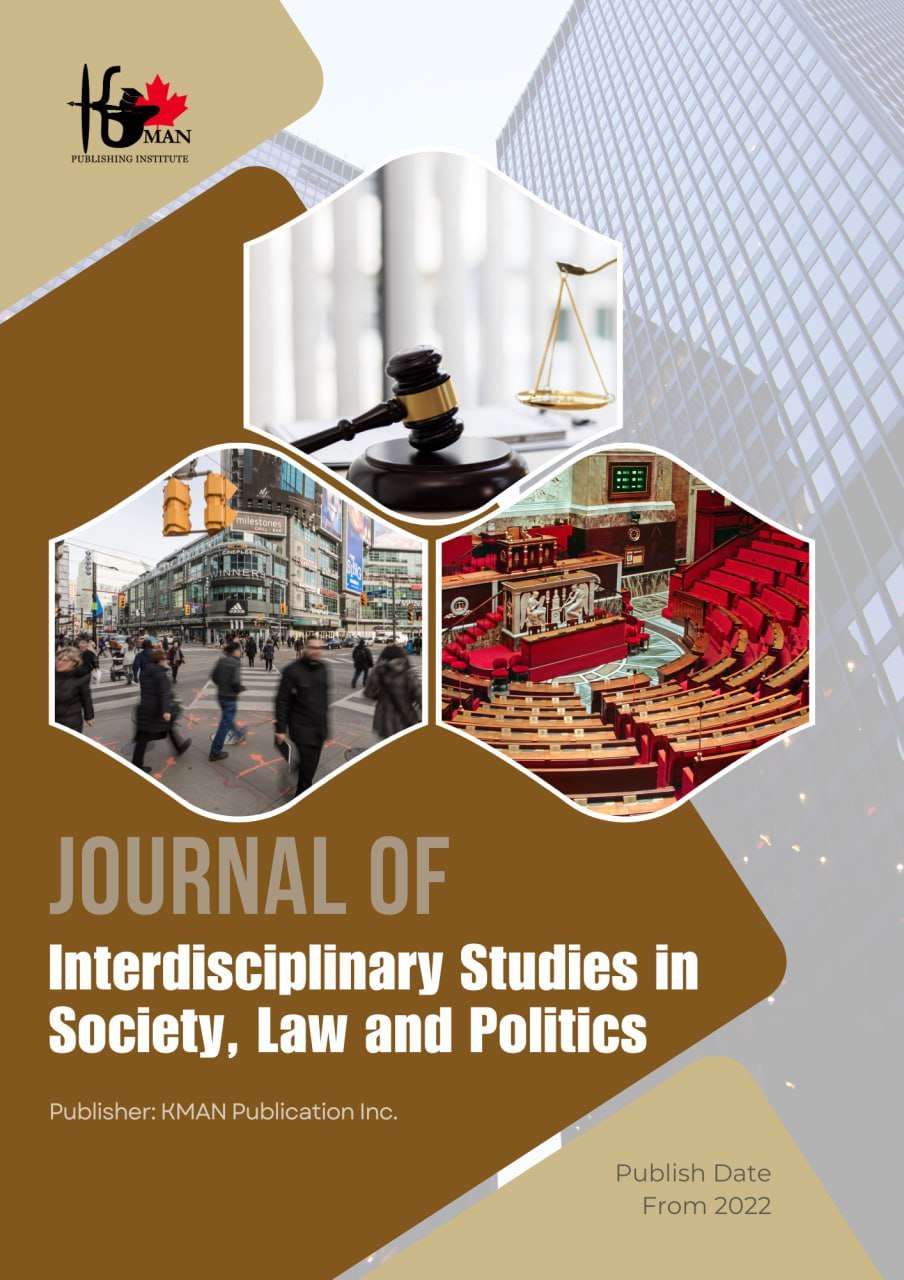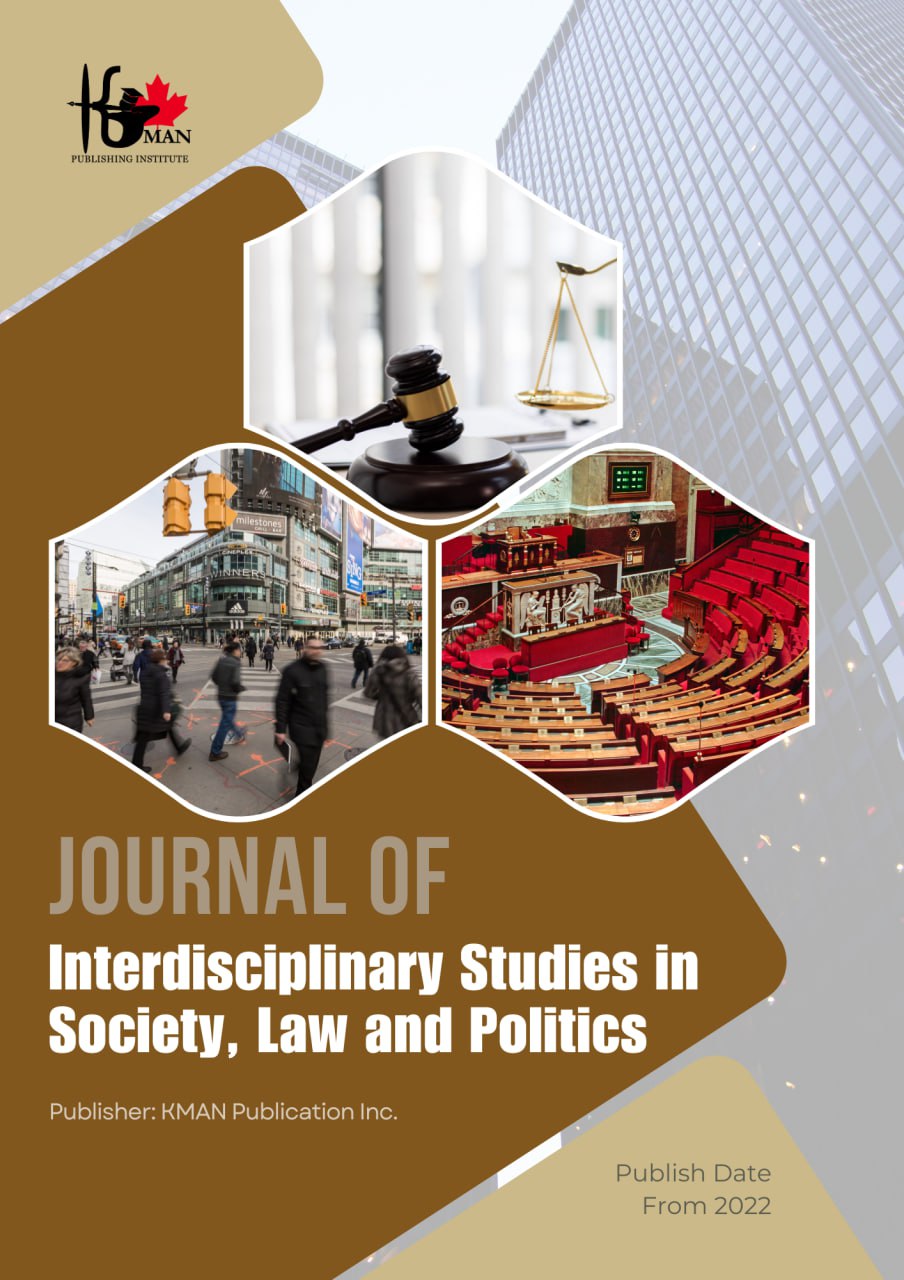Evaluation of Capabilities and facilities of Najaf to Karbala Road with Emphasis on Hosseini's Arbaeen
Keywords:
Arbaeen, Karbala-Najaf route, facilitiesAbstract
Every year in the days leading up to Arbaeen Hosseini, pilgrims and lovers of Tharullah walk the route from Najaf to Karbala as a good tradition. Along the way, there are processions where pilgrims can rest. On the way of the pilgrims, many processions and tents have been set up for reception, which create very beautiful scenes. The purpose of this research is to investigate the possibilities of the Najaf-Karbala route during the days of Arbaeen. In order to achieve this goal, the descriptive-analytical method and Dimtel technique were used. The findings of the research showed that in this route, health services, medicine, use of security forces, issuance of official visas, feasibility of security measures, creation of a security road map, cleaning of the route, sanitary facilities, bathrooms, drinking water, provision of disposable items, garbage There are intercultural interactions, internet, cultural booths, etc. Based on the analysis of available data, it can be stated that variables such as infrastructure, use of security forces, drinking water, transportation, structure of roads, division of work among people, lighting, erecting pillars... The region shows high interaction and strong systemic connection with other variables. Therefore, in order to improve the existing conditions, first of all, attention should be paid to these capabilities and facilities, and in order to strengthen them and finally improve the welfare of the pilgrims, policies and programs should be developed.
Downloads
References
Sims, Alexandra. (2016). Millions of Muslims Take Part in Mass Pilgrimage of Arbaeen—In Spite of ISIS. The Independent. November 24. Available online: https://www.independent.co.uk/news/world/middle-east/20-million-muslims-march-against-isis-arbaeen-pilgrimage-iraq-karbala-a7436561.html
Husein, UmmeSalma M. (2018). A Phenomenological Study of Arbaeen Foot Pilgrimage in Iraq. Tourism Management Perspectives 26: 9–19.
Abdul-Zahra, Qassim, and Hadi Mizban. (2019). Millions March in Iraq in Annual Arbaeen Shiite Pilgrimage. Associated Press. Available online: https://apnews.com/78308254f12e42b5a4bf8629015104bc
Moufahim, Mona, and Maria Lichrou. (2019). Pilgrimage, Consumption and Rituals: Spiritual Authenticity in a Shia Muslim Pilgrimage. Tourism Management 70: 322–32
Szanto, Edith. (2018). Shia Islam in Practice. In Handbook of Contemporary Islam and Muslim Lives. Edited by Mark Woodward and Roland Lukens-Bull. Berlin: Springer, pp. 1–15
Zahed Ghaffari Hashjin, Ayub Nikunahad (2020). Future Scenarios of Arbaeen Hosseini Walking Based on Causal Layers Analysis, 2020, Volume 2, Issue 58, Pages 19-44
Zahra Moaven (2020). A sacred suffering in search of spirituality and well-being: A study of tourists at the Arbaeen walk, CAUTHE 2020: 20: 20 Vision: New Perspectives on the Diversity of Hospitality,
Mahdieh Bod, Zohreh Korani (2023). Arbaeen Event as an Alternative to Esxisting Bottlenecks, https://doi.org/10.1111/jssr.12832
Walid Abd Jabur Al-Khafaji (2019). The Intellectual And Ideological Dimensions Of The Arbaeen Pilgrimage, 2019, Volume 1, Issue 9, Pages 53-72
Nikjoo, Adel, Mohammad Sharifi-Tehrani, Mehdi Karoubi, and Abolfazl Siyamiyan. (2020). "From Attachment to a Sacred Figure to Loyalty to a Sacred Route: The Walking Pilgrimage of Arbaeen" Religions 11, no. 3: 145. https://doi.org/10.3390/rel11030145
Abdollah, A. (2022). Life experience of pilgrims on the walk of Arbaeen in 1398 (Case study of Allameh Tabatabai academics). Political Sociology of Iran, 4(4), 1-34. doi: 10.30510/psi.2022.236416.1173
Jafari, J., & Scott, N. (2014). Muslim world and its tourisms. Annals of Tourism Research, 44, 1–19. doi:10.1016/j.annals.2013.08.011
Poria, Y., Butler, R., & Airey, D. (2003). Tourism, religion and religiosity: A holy mess. Current Issues in Tourism, 6(4), 340–363. doi:10.1080/13683500308667960
Hinnells, J. H. (Ed.). (1984). The Penguin dictionary of religions. London: Penguin Books.
Santana-Gallego, M., RossellÃ-Nadal, J., & Fourie, J. (2016). The effects of terrorism, crime and corruption on tourism. Economic Research Southern Africa (ERSA), 595, 1-28.
Upadhayaya, P. K., Müller-Böker, U., & Sharma, S. R. (2011). Tourism amidst armed conflict: Consequences, copings, and creativity for peace-building through tourism in Nepal. The Journal of Tourism and Peace Research, 1(2), 22-40
Henderson, J. C. (2011). Religious tourism and its management: The hajj in Saudi Arabia. International Journal of Tourism Research, 13(6), 541–552.10.1002/jtr.825
Timothy, D. & Olsen, D. (Eds.). (2006). Tourism, religion and spiritual journeys (Vol. 4). London: Routledge.
Jackowski, A., & Smith, V. L. (1992). Polish pilgrim-tourists. Annals of Tourism Research, 19(1), 92–106. doi:10.1016/0160-7383(92)90109-3
Lipka, M., & Hackett, C. (2017). Why Muslims are the world's fastest—Growing religious group. Pew Research Center. Retrieved from https:// www.pewresearch.org/fact-tank/2017/04/06/why-muslims-are-the-worlds-fastest-growing-religious-group References
Lami, F., Asi, W., Khistawi, A., & Jawad, I. (2019). Syndromic surveillance of communicable diseases in Mobile clinics during the Arbaeenia
mass gathering in Wassit governorate, Iraq, in 2014: Cross-sectional study. JMIR Public Health and Surveillance, 5(4), e10920. https://doi. org/10.2196/10920
Lami, F., Hameed, I., & Arbaji, A. (2019). Assessment of temporary community-based health care facilities during Arbaeenia mass gathering at
Karbala, Iraq: Cross-sectional survey study. JMIR Public Health and Surveillance, 5(4), e10905. https://doi.org/10.2196/10905
Nikjoo, A., Razavizadeh, N., & Di Giovine, M. A. (2021). What draws Shia Muslims to an insecure pilgrimage? The Iranian journey to Arbaeen, Iraq during the presence of ISIS. Journal of Tourism and Cultural Change, 19(5), 606–627. https://doi.org/10.1080/14766825.2020.1797062
Al-Ansari, F., Al Ansari, M., Hill-Cawthorne, G. A., Abdulzahra, M. S., Al-Ansari, M. B., Al-Ansari, B., et al. (2020). Arbaeen public health concerns: A pilot cross-sectional survey. Travel Medicine and Infectious Disease, 35, 101546. https://doi.org/10.1016/j.tmaid.2019.10154
King, Wendy.C.; Brach, Jennifer.S.; Belle, Steven; Killingsworth, Richard; Fenton, Mark;Kriska, Andrea. (2003).
Nosal, B. (2009). Halton Region Health Department, Creating Walkable and Transit- Supportive Communities in Halton Oakville, Ontario.
Downloads
Published
Submitted
Revised
Accepted
Issue
Section
License
Copyright (c) 2023 Majid Rasouli (Author)

This work is licensed under a Creative Commons Attribution-NonCommercial 4.0 International License.






